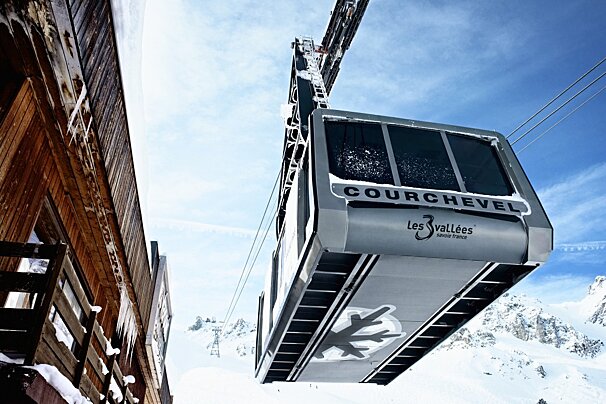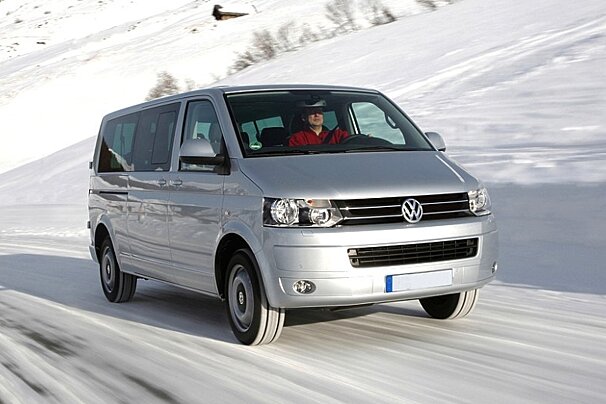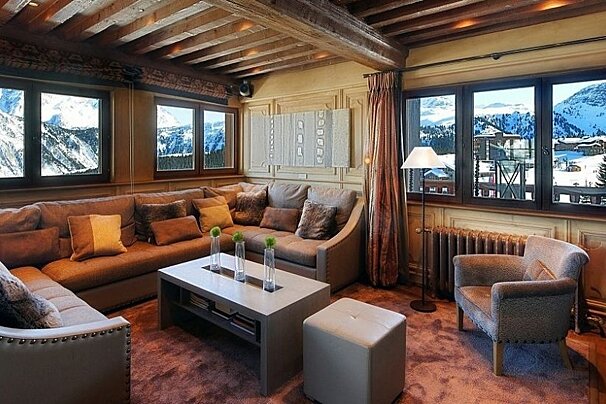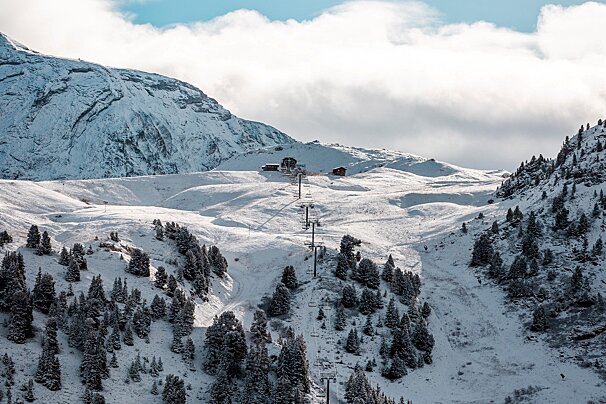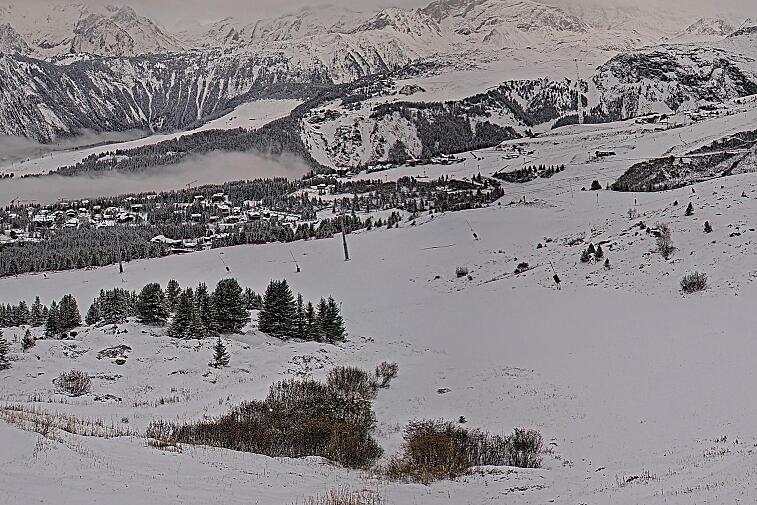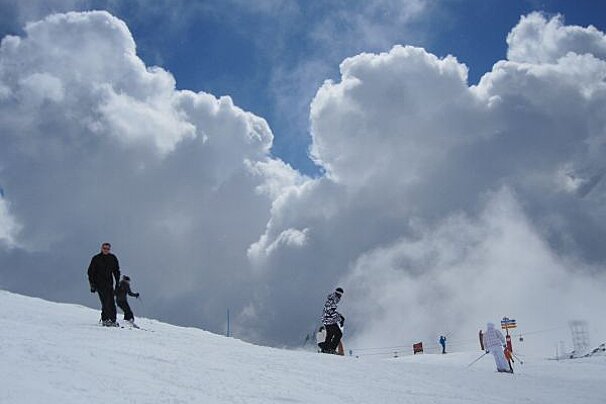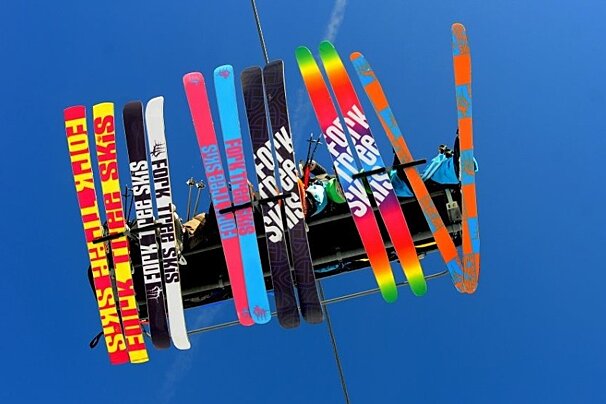History of Courchevel
Discover the Courchevel of yesterday
The resort now known as Courchevel was, prior to its development as a ski resort, a collection of small hamlets and farmers’ fields.
If anything, Courchevel was first visited by summer tourists; walkers and naturalists keen to take in the air of the high mountains and discover the Alpine flora and fauna.
Jump to
Early history
We know that in 1032 the wider area of the Savoy fell under the rule of the Holy Roman Empire and from the 12th century concentrated on expanding its territory, becoming known as ‘Gatekeeper of the Alps’. There is evidence of human settlements dating even further back; in Courchevel 1300 / Le Praz a grave was found containing two human skeletons and jewellery dating back to the Iron Age (750 BC).
Development through the ages
Not much more is documented until the turn of the 20th century when Courchevel was little more than a combination of high mountain pastures and dense forest. There were no towns and barely any villages to speak of, with most locals being farmers or working in the mill. One of the only significant buildings in the area at the time was the Town Hall in the village of Saint Bon, built in 1870. The water-driven sawmill in La Jairaz dates from at least 1902 and was built by order of the Count-Archbishops of Tarentaise.
The Hotel Lac Bleu was the first hotel to open for a summer season in 1908 and for a winter season in 1925. By this point people were starting to visit Courchevel for its winter sports, but you had to be keen! With no lifts yet built the only option was to walk or climb up the mountains and ski back down again; a challenge now only attempted by choice by ski mountaineers. Some hardy souls used to camp out in the farms and outbuildings at Pralong before the opening of the first mountain refuges.
The original idea of Courchevel as a resort was conceived during the Second World War when in 1942 the French Commission of Tourism expressed an interest in creating a ‘super ski resort.’ Their criteria included terrain between 1400 and 1800 metres and the feasibility of installing a reliable lift system to link them together and create an enormous cohesive ski area. At this time the regions of Courchevel, Saint Bon and Moriond were seeking funding for development and regeneration; and so Courchevel became France’s first purpose-built ski resort, built more or less from scratch!
The actual designs for the new resort were initially conceived by two Savoyard men, Laurent Chappis and Maurice Michaud, whilst interred in a Nazi prisoner of war camp in Austria. Between February and April 1946 Chappis, a keen skier, made numerous surveys alone on skis of the Trois Vallées area to map all the best routes and develop his ideas on the planning of the resort. His aim was to create a resort that was as close to nature as possible; no concrete buildings, no levelling of forests and no overwhelmingly high buildings. The original plans intended to leave every rock and tree untouched; the resort would be built around the natural lie of the land, rather than bulldozing over it. An original example of this is the Chalet Petit Navre in Courchevel 1850. Designed by Denys Pradelle it is in natural wood with a low sloping roof and blends into the landscape unobtrusively.
In March 1946 the first ski lift was begun and a chairlift between Courchevel and Les Tovets was installed. The plateau of Les Tovets was developed to become what we now know as Courchevel 1850 and the renaming of the levels of the resort would prove to be controversial. Courchevel was already the name of a small hamlet further down the valley, the inhabitants of which were incensed at having their name appropriated and being relegated to the title of ‘Courchevel Dessous’ or ‘Lower Courchevel’. Therefore a compromise was reached and it was agreed to name all the levels Courchevel, with their altitude included in the name to distinguish one from the other. The inclusion of the altitude was not merely a naming convention though as much as a cunning marketing ploy – Courchevel 1850 was thus named in direct competition with rival resort Val d’Isère (at 1,800 metres), despite only really being at an altitude of 1,747 metres!
Recent history
Emile Allais, the founder of the French Ski School, spent 10 years in Courchevel from 1954 as technical and sports director. He used skills and experience that he had gained in America to shape Courchevel into a major resort.
Construction of Courchevel altiport was begun in 1961 after Michael Zieger, a local mountain aviation expert, saw the potential for one and lobbied the local authorities to give the plan the go-ahead. It became the first international mountain airport and is renowned for having one of the shortest runways in the world - measuring only 525 metres in length it is angled at a gradient of 18.5% to to help incoming craft to slow down!
The location of the ski jump built for the 1992 Winter Olympic Games occupies the same spot at the edge of the forest in Le Praz that the first local champions, including Jean Blanc, used to train at 50 years before.
The 1950’s and 60’s saw massive developments taking place; not always considered to be for the better. The two original founders of the resort saw their initial visions change and diverge over the years to such a point that in the end they parted company, both professionally and socially. Michaud saw the potential of Courchevel as a bustling commercial resort whereas Chappis was dismayed by what he saw as the destruction of the natural mountain landscape. Chappis went on to work for the Parc de la Vanoise and Michaud gained a position running the French Government’s Winter Sports planning department.
By 1973 it could truly be said that the 1942 vision of the French Commission of Tourism had been realised when the neighbouring resorts of Val Thorens and Méribel/Mottaret were linked to Courchevel, creating the largest ski area in the world. Today, it is probably fair to say that certain areas of Courchevel are closer to Michaud’s ideals than those of Chappis, but there are still plenty of quiet spots and untouched corners from which you can drink in the splendour of the Alps.

The Albertville Winter Olympics 1992 - 20 Years On
After Annecy’s flailing attempt for the 2018 Winter Olympic bid, France can at least celebrate the 20th anniversary of the 1992 Winter Olympic Games.
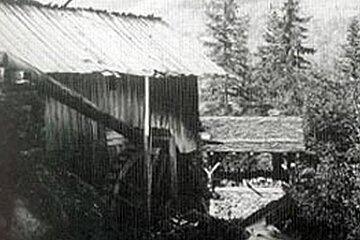
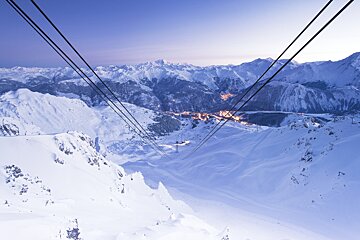
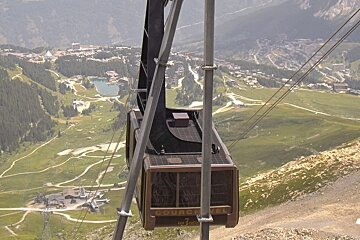




![[itemref] lounge](https://cdm0lfbn.cloudimg.io/v7/_images_base_/image_uploader/photos/original/2103-1-eden-20_1_21030001_1000__wwatermark1363125858_1363125858.jpg?ua=1579868553&p=listing_summary_middle)


